CTIA 2008
Kyocera introduced three new CDMA phones at CTIA. All three are basic clamshells that will serve as entry level phones or just-above entry level. Despite their humble aspirations, these three phones have their own sense of style and offer the mildly fashion-conscious a reasonably good looking piece of hardware. Each of them only supports 1xRTT wireless data, and they have yet to be picked up by any U.S. carriers.
Neo E1100
The Neo was the top of the new line from Kyocera. This phone has a hidden OLED display on the front that will display call and message alerts. But that's not what you notice. What really stands out is the pulsing blue light that serves as a backbone of sorts for the Neo. It's a very attractive design element. We're not sure if you can turn this pulsing light off, or if it always pulses, but it is definitely a cool touch.
The rest of the hardware is made of fairly smooth plastics that feel pretty good in your hand. It is very light and balanced both closed an open. The volume toggle and camera keys on the left side of the phone were adequate, and the hatch covering the microUSB port were all easy to find and offered acceptable feedback. The numeric keypad is completely flat, but the keys offered a lot of feedback and travel. Because of the flat nature of the keypad and lack of any real physical cues, it was sometimes difficult to tell exactly where your thumb was on the Neo's keypad. We wish Kyocera had included the standard nub on the 5 key or some other way to tell users where their thumbs are.
The main menu system of the Neo was working, but nothing beyond that. We were able to zoom around and see all the different things that will be included on the final build of the phone, but the actual applications did not load/work. The menu grid made sense and didn't present any obstacles in finding applications or tools.
Given its feature set, this phone could be a good option for those that want more than the entry level phone has to offer.
Here is a brief video tour of the Neo:
Mako
This phone is a little tiny bit of a step down from the Neo. It is less stylish, but just as functional. The graphite and silver coloring is nice, and it is a very light phone. It weighs barely anything and because the body is fairly narrow, it was easy to grip it in your hand. The buttons on the left side of the phone were not working all that well, and were recessed so far into the body of the phone that they were difficult to press. Perhaps this was a pre-production unit that had seen too much time on the show floor. There is a nice notch in the seam of the phone for your thumb. This helps you pop the phone open. quite easily.
Once open, you can see the flat keypad. The numeric keys themselves moved quite well and offered plenty of feedback and travel. The D-pad, however barely offered any feedback and travel. It was quite difficult to tell when you had pressed the buttons and this led to navigation errors. The D-pad also has only small slivers of space for your thumb to actually press it.
The screen of the Mako is strangely small. It is well under the two-inch mark, and floats in a giant black panel on the top half of the flip. It really looks odd. Whatver reason the Mako has such a small display, the colors looked nice.
The Mako's OS was also more full realized than that of the Neo. We were able to sample many of the applications. They were speedy and worked well. The camera application was okay for taking snapshots, but there's very little to customize with it, so you won't be rivaling Ansel Adams with it.
Here is a brief video tour of the Mako:
Adreno S2400
This phone is yet another step down from the previous two we've discussed here. The Adreno is a basic clamshell and has a single line display on the front to show you messaging call alerts. It is a small and light phone, very pocketable and easy to hold onto.
Opening it up, there is a flat keypad, with some hexagonal ridges on the keypad. These ridges appear to be for design sake, and definitely give the keypad a unique look. Using the keypad was straight forward. The keys offered acceptable travel and feedback, and so did the D-pad and navigational keys.
The menu system was the same as on the Mako, and the grid was easy enough to decipher and use to access the phone's features and functions.


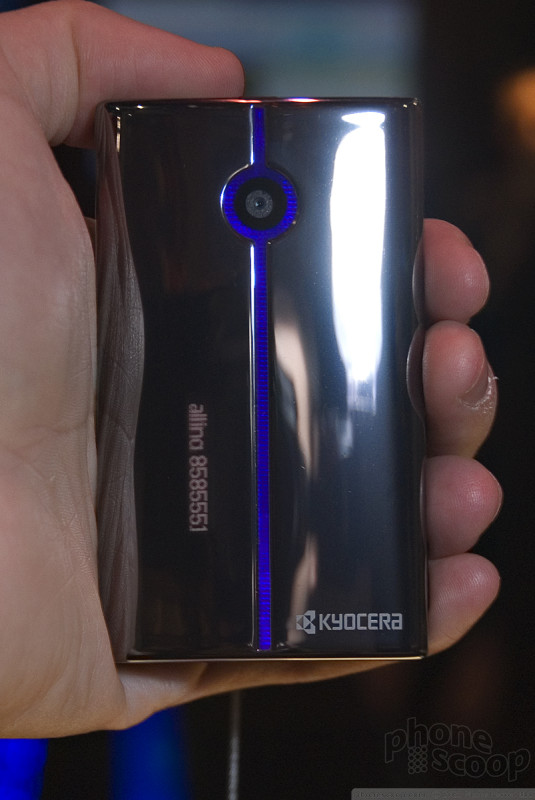







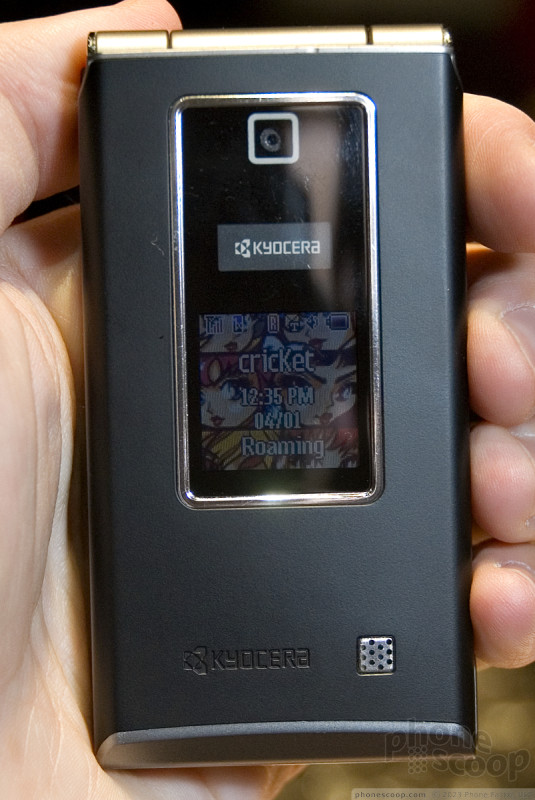







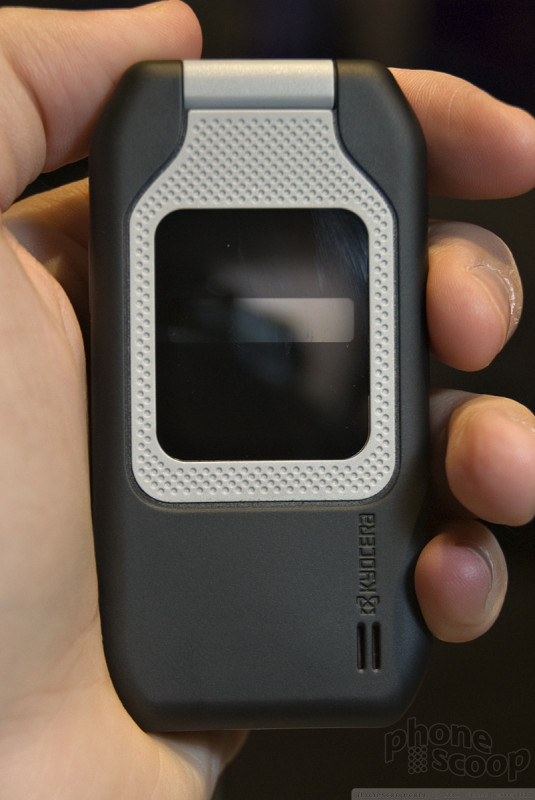







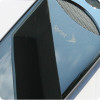 Video Review: Sanyo Katana LX
Video Review: Sanyo Katana LX
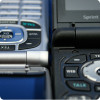 Video Tour: QChat DirectConnect
Video Tour: QChat DirectConnect
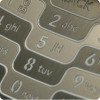 Review: LG Glimmer
Review: LG Glimmer
 Review: LG enV2
Review: LG enV2
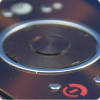 Review: Motorola Z9
Review: Motorola Z9
 LG Vu / CU920 / CU915
LG Vu / CU920 / CU915
 Motorola Z9
Motorola Z9
 LG Glimmer / UX-830 / Vantage / Spyder
LG Glimmer / UX-830 / Vantage / Spyder

